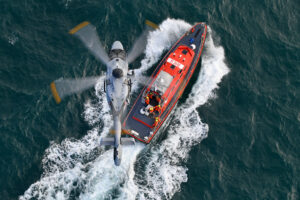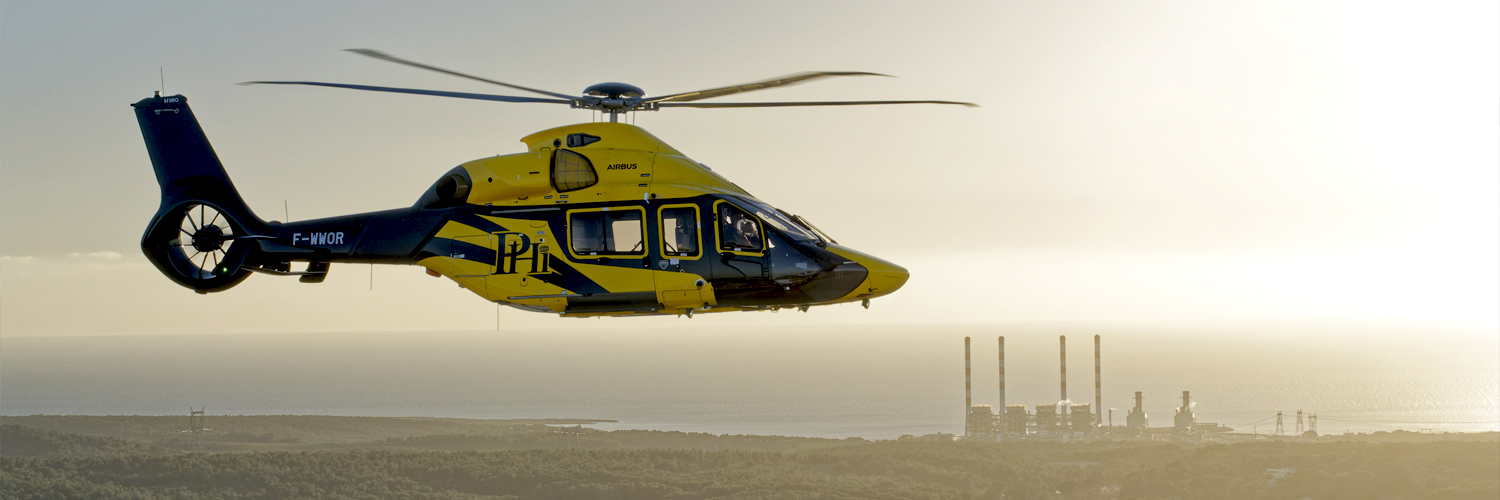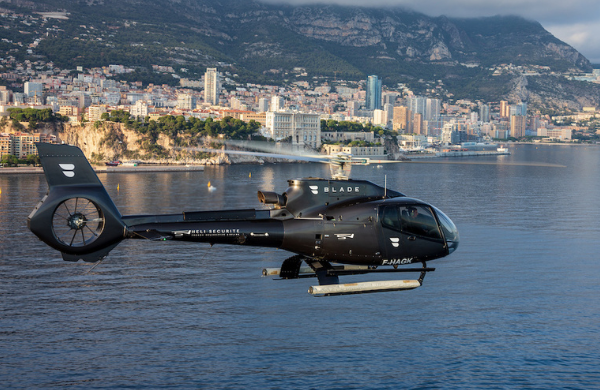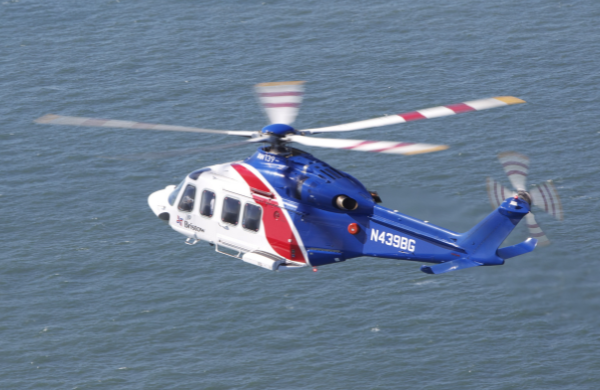Airbus expects the long-awaited FAA certification for its H160 Medium twin to be granted this year, saying that the only remaining issues are centred on EASA airworthiness directives (ADs) relating to screen blanking of the Helionix avionics system. According to Programme Head Gilles Armstrong, a resolution is expected sooner rather than later since the “solution is straightforward, and we are confident we are near the end of the process”. FAA certification will, of course, allow PHI to begin Oil & Gas operations with the type, specifically on a Gulf of Mexico contract with Shell.
Overall, 2020 was a healthy year for the type, with the maturity of the production process seeing the H160s Takt time – the time taken for each unit’s production – reduce by a factor of three compared with early production. As a result, the company expects to deliver 23-24 aircraft this year, nearly a quarter of the present backlog, which stands at just over 100 aircraft.
Meanwhile, the in-service fleet continues to build time “without any surprises,” explained Armstrong. This, he said, is largely thanks to the work with the Dynamic Helicopter Test Bench, which is now nearly one-third of the way through the projected 3,000 hours of the test programme. “We have remained ahead of the in-service fleet in terms of hours, and that has shown us what to expect and when.” The major step in the Dynamic Test programme will come at the 1,000-hour mark when “aircraft zero” will be disassembled and examined before carrying on for the next 1,000 hours of testing. The goal continues to be to “get to every milestone with aircraft zero before the fleet does”.
A year for firsts

While sales of the H160 remain healthy, and orders were taken for 12 more aircraft last year, it’s reasonable to assume that the order rate will be given quite a boost once the long-awaited FAA certification is finally granted.








